Canal & River Trust Study
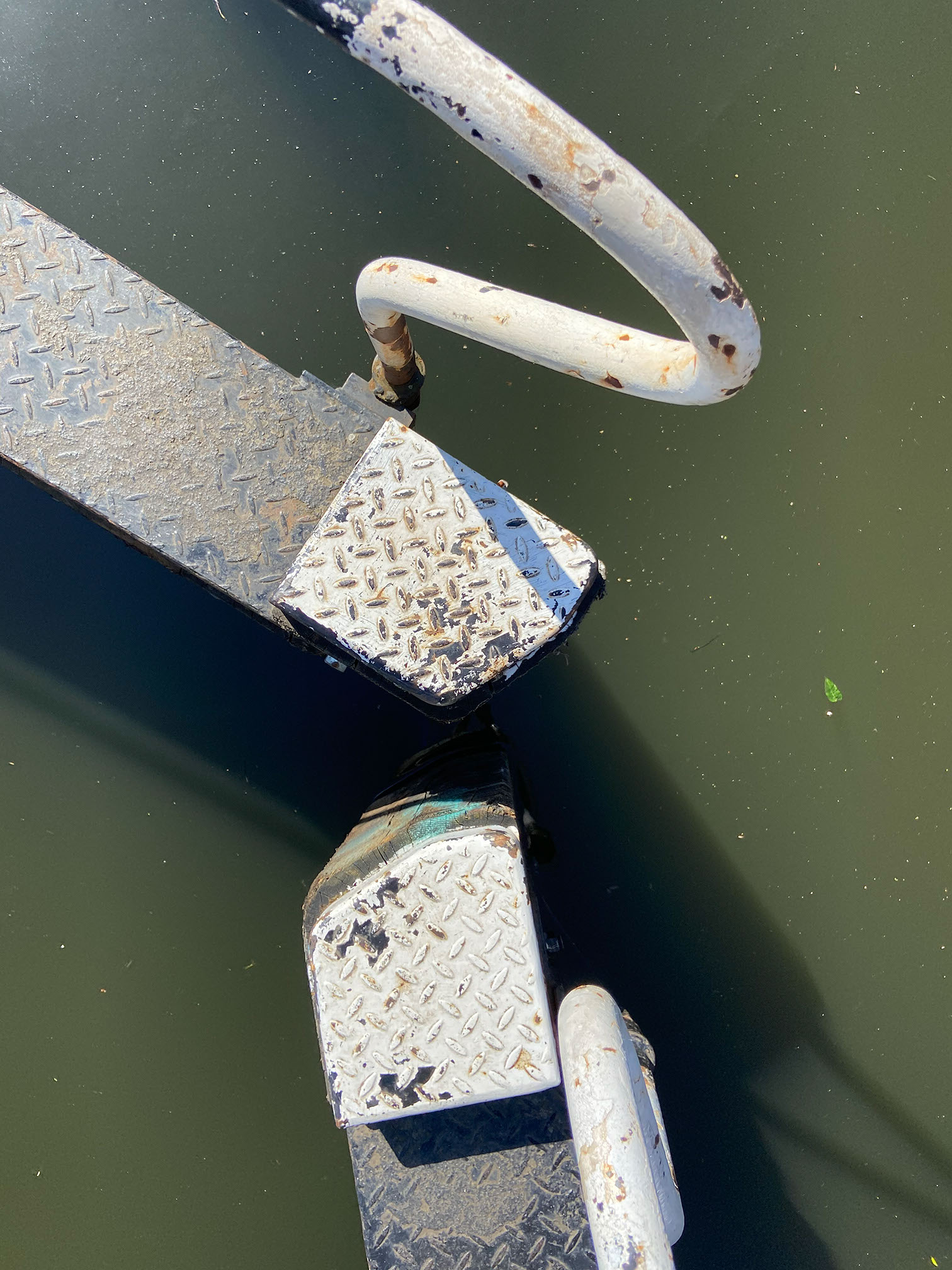
INTRODUCTION
Urban Mind & the Canal & River Trust have developed an ambitious nation-wide citizen science project exploring the mental health benefits of spending time beside water. The Urban Mind team are currently analysing the data and will share the research findings on our website in the summer of 2022. Below is a summary of our research hypothesis, processes and outcomes.
~
The Canal & River Trust is the custodian of a phenomenal 2,000 mile network of waterways that extends north to Lancaster, south to London, east to Boston and west into Wales. The heritage network brings the countryside into our largest towns and cities, including areas of deprivation, and criss-crosses the landscapes in between. This web of waterways built as critical infrastructure for transportation of goods over 200 years ago, now inspires different currencies of value - contact with nature, tranquillity, walking, cycling, relaxation, water sport, spiritual sustenance — a way of life.
The Waterways and Wellbeing report of 2017 sought to better measure the multiple benefits of this unique asset more fully in terms of the material difference the canals make to people’s lives, community wellbeing, place and society at large. It outlined an intent to build an evidence base for the waterways as drivers of wellbeing. It recognised the transformation of towpaths, the importance of connectivity of neighbourhoods, its social, cultural and economic value. In land-use and urban planning speak – integrated green and blue infrastructure (blue infrastructure being water elements like rivers and canals, green infrastructure meaning trees, parks & forests, etc.) A blue-green human engineered network, on the doorstep, with the potential to take you on a journey. Heritage that underpinned the Industrial Revolution, now a unique and much-loved community asset of high wellbeing and biodiversity value.
The network sits deep in the soul of the nation. However, the impact on mental health specifically has not, up until now, been scientifically measured. To improve our understanding of the mental health benefits of waterways, the Trust has developed a new collaboration with Urban Mind, the core research partners being from the diverse disciplines of neuroscience, arts and landscape architecture (www.urbanmind.info). Urban Mind is a uniquely cross sector research platform offering the potential of interlinking spatial, cultural and health perspectives, using the Trust’s Waterways and Wellbeing insights, as a launch pad.
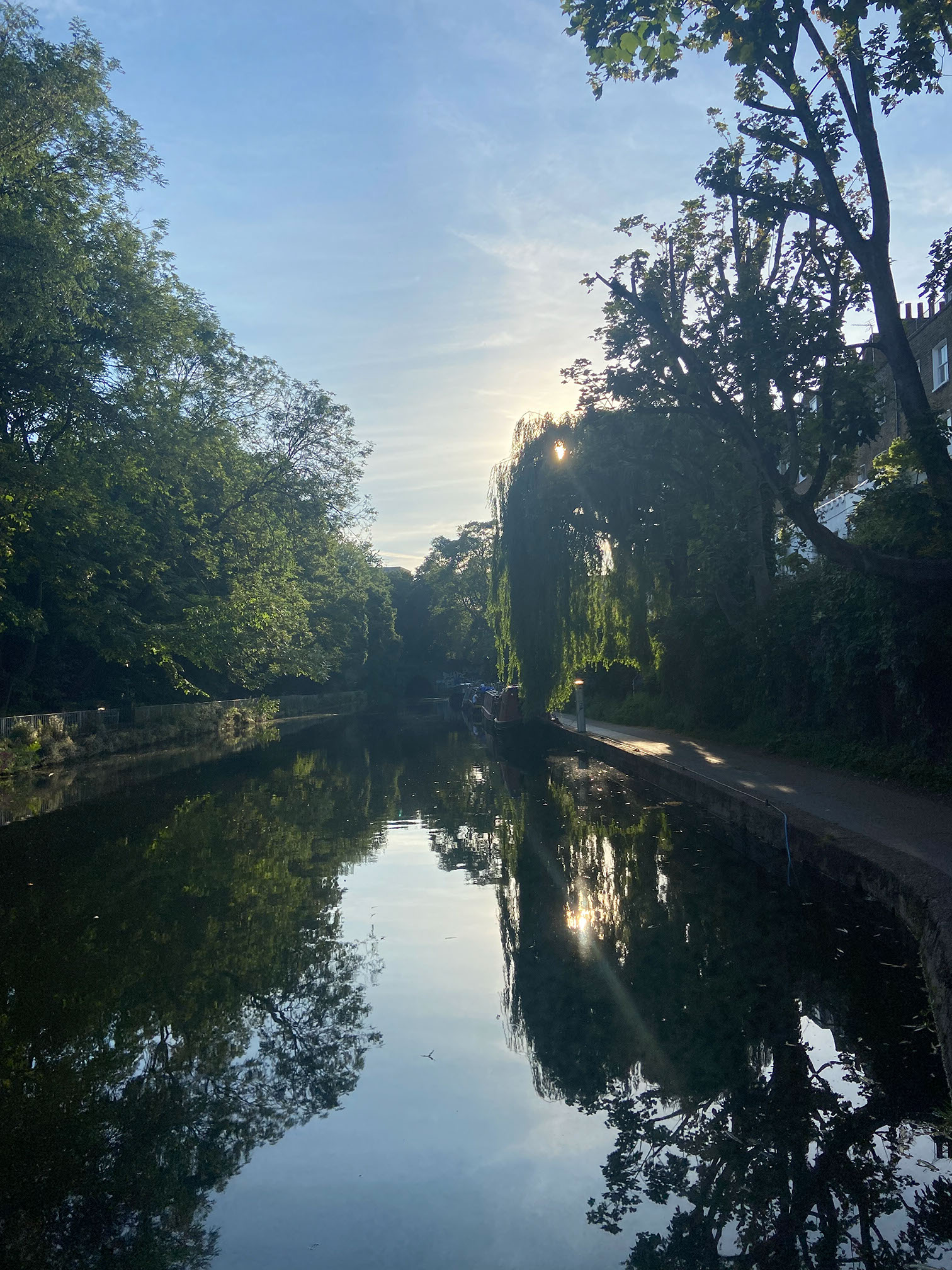
SETTING THE SCENE FOR INNOVATIVE RESEARCH
The initial meetings to explore a potential collaboration were set up in November 2019. What started with a walk along the Limehouse Cut with the Trust’s in-house Landscape Architect, Marcus Chaloner, considering together the potential of a particular canal-side development site, evolved into a conversation sharing strategic ambitions for the canal network as a whole that covered livelihoods, landscapes and legacies. Whether on the water or on the towpath, more than ever the Trust safeguard accessibility. In the context of urban intensification, the focus on wellbeing has grown, and only intensified during the Covid-19 pandemic. The realisation that with over 50% of the world’s population now urbanised, 80% in the UK, the ‘habitat’ we have built for ourselves and continue to create faster than any other habitat, must surely be fit for purpose. That purpose being more than mere survival. However, civic wellbeing is complex, dependent on the social, physical and economic environment within the context of climate change, biodiversity and health. Therefore, understanding better what influences the quality of life must in turn translate to high level health policy intervention, sustainable spatial planning and grass roots community action.
This intersection is at the heart of the innovative research initiative, Urban Mind, jointly conceived in 2014 by Kings College London (KCL), Nomad Projects and J & L Gibbons. The team won a pilot research grant from Imperial College’s Sustainable Societies Network, led by KCL in collaboration with their non-academic co-applicants, intent on exploring the fertile ground at the margins of each field of expertise. The research involved developing a smartphone app to monitor the various aspects of the environment on wellbeing. The app integrated innovative ergonomic and graphic characteristics designed to make the process of participation enjoyable and to enhance the look and feel, ultimately to stimulate engagement by as large a community of citizen scientists as possible. What started as a London based initiative, expanded globally early on. Through feedback, it was clear that the empowering nature of contributing as a citizen scientist stimulated a greater awareness in the environment. With the Urban Mind community growing, the app was developed further in 2019 to enable more flexibility and to allow for site specific studies. This enabled the Canal & River Trust collaboration to be initiated.
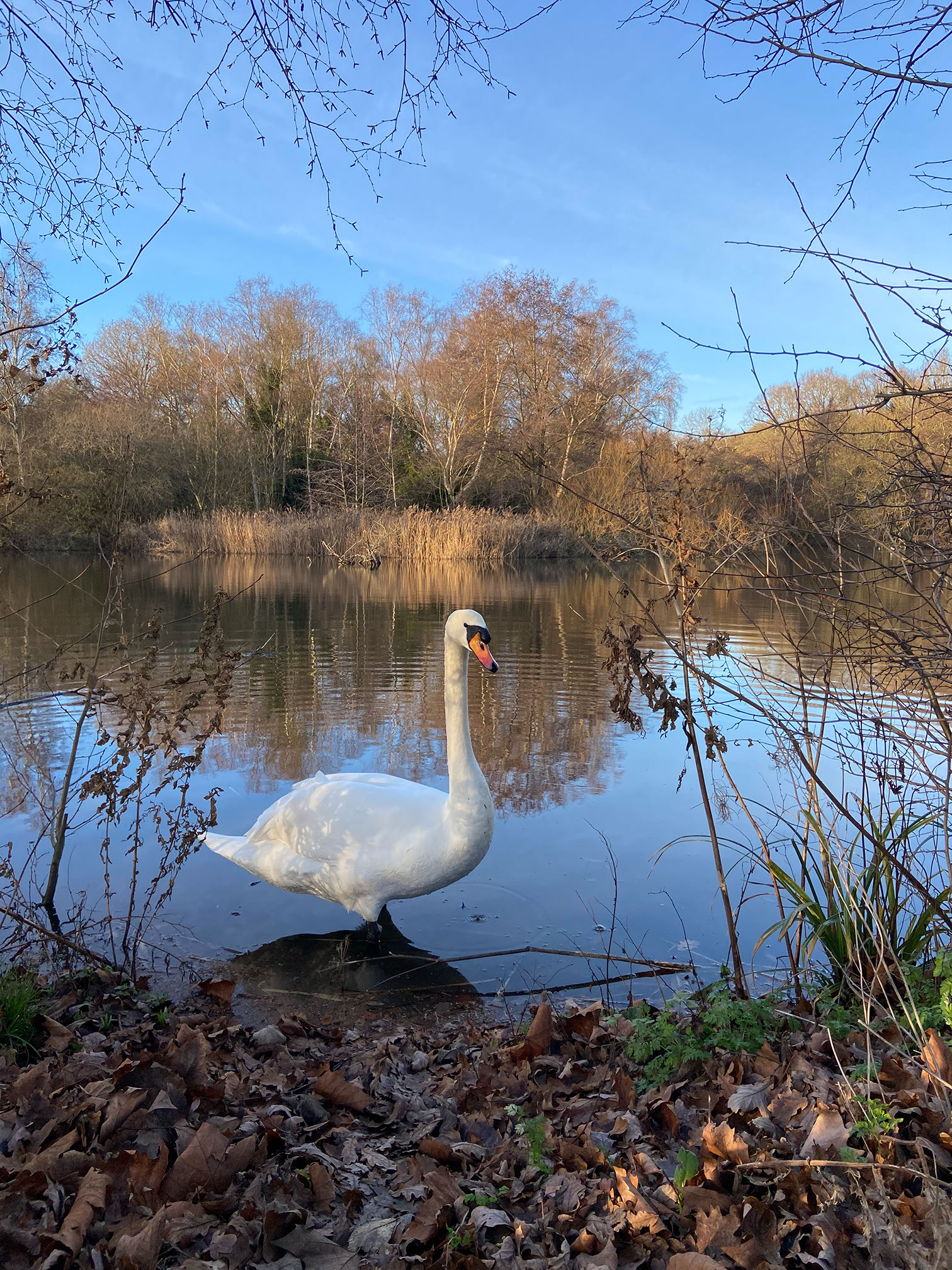
HYPOTHESIS
Of course, walking the canals makes you feel good, surely that’s common sense! However, to be part of Department for Environment, Food & Rural Affairs (DEFRA) evaluation process, scientific analysis providing measurement and testing strength of effect was required to quantify the value of the waterways to wellbeing. A useful aspect of Urban Mind was that it could engage urban communities across the country, with the potential to highlight some key issues drawing data from a variety of geographic and socio demographic contexts.
The initial research questions framed up two areas of interest - mental wellbeing and the impact of socio-demographic factors. On mental wellbeing, questions related to whether people experience higher levels of mental wellbeing when visiting waterways; how this compared with the mental wellbeing effect of visiting other green/blue spaces; whether the feeling of mental wellbeing persists after the visit and whether people of different socio-economic backgrounds are affected in the same way. A cluster of questions on anxiety related to the relationship between anxiety and usage, whether those with high levels of anxiety felt less anxious during and after a visit to the waterways, and whether those effects persisted. The Trust was also interested to understand what characteristics of the waterways’ environment affected the experience of being by the water.
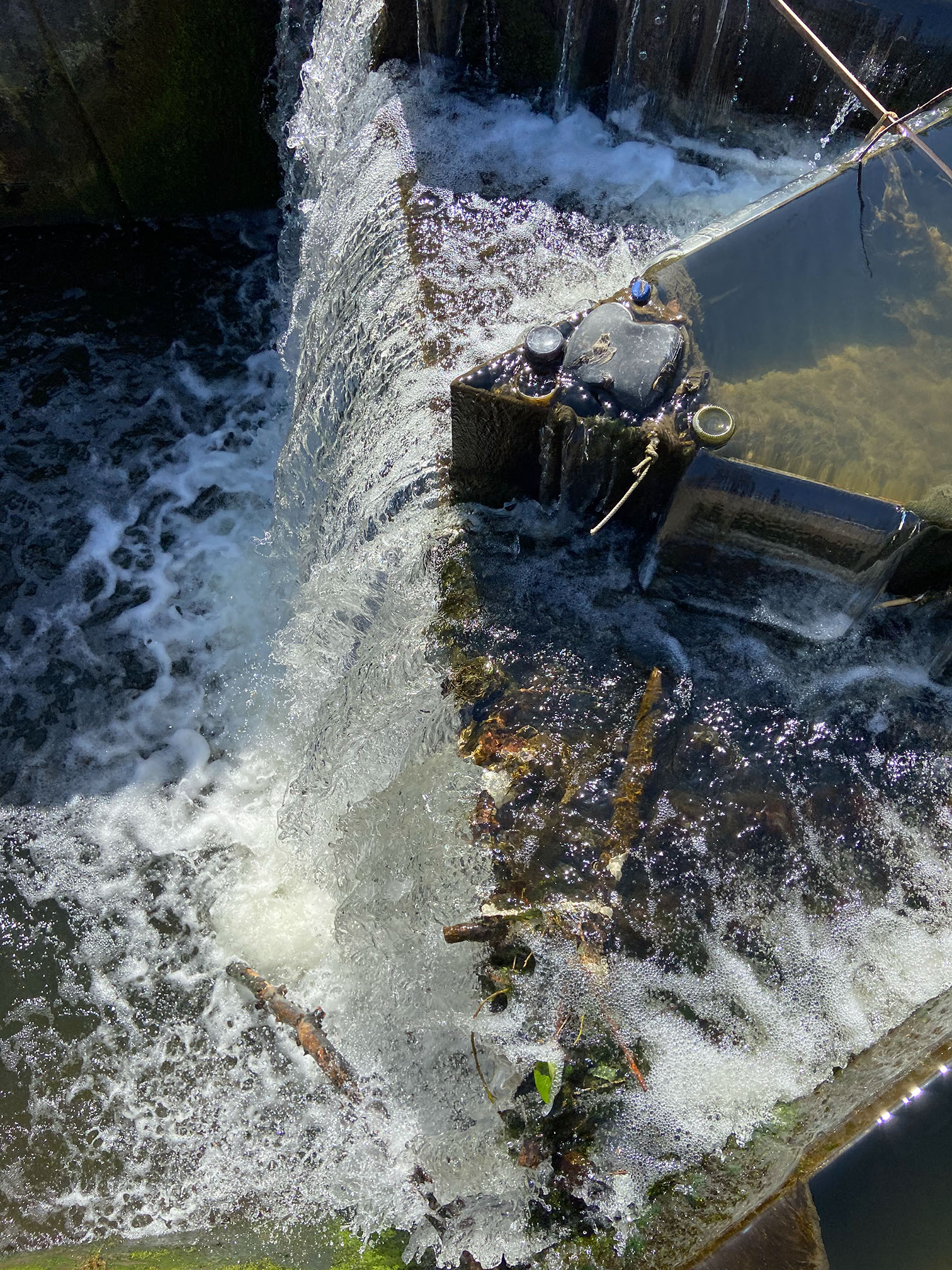
PROCESS
This was an extraordinary time in which to undertake this research. The impact and trauma of a global pandemic could not have been anticipated at the start of the project. This coupled with reoccurring catastrophic and extreme weather events and key findings highlighting a plummeting state of nature, with no let-up in the net loss of species and the depletion of natural habitats at an alarming rate. The timing of the research in terms of assessing wellbeing, therefore, was not only poignant, but also of critical interest. At the same time, the pandemic, posed challenges for the Urban Mind and Canal & River Trust collaboration due to the participatory nature of the research when faced with sequential lock downs. The original brief to tour multiple urban locations to ensure participation which demonstrated geographic and community diversity, from Tottenham to Torfaen, Sheffield to Sefton and Leicester to Burnley had to be creatively adapted to enable the research to progress. Ironically, the questions we were asking could not have been more relevant as the nation’s only escape from isolation was nature – accessed through the official and unofficial countryside of parkways and waterways.
![]()
The wider project of exploring the mental health benefits of spending time near water focuses on grass roots data collection, creating volunteering opportunities very much suited to the Trust’s ethos and community. The data is collected using smartphone based ecological momentary assessment (EMA) technology that avoids recall bias. A user-friendly way to record how people feel and their lived-in experience of the world around them, be it on the waterway or elsewhere, recorded through an option to geo-locate. Data collection in the moment, raw and accurate, in real-time and in real-life settings. An intriguingly detailed record of how you feel related to where you are. Recruitment of the volunteer citizen scientists is self-selecting, through word of mouth and employing various social media platforms together with the project website calling out to those who might be interested. Being designed to work on a wide range of mobile phone devices, the app provides good accessibility. To get started, it requires a five-minute one-off baseline set of questions to be completed to help the research team understand more about the age, gender, and self-reporting health status of each individual. The commitment of the citizen scientist is to complete three assessments a day which arrive at randomised times each day, based on the individual daily pattern of waking up and going to bed, over a fortnight, giving a total of 42 assessment. Each volunteer is given a unique user ID to enable support to iron out inevitable glitches, if needed.
There are several unique aspects of the app which gives multiple dimensions to both user experience as well as the data granularity. Firstly, the importance placed on the graphic quality of the user interface. This was designed to enable swift response as the icons became familiar without having to read the question. Secondly, the ergonomics of the swipe to register the answer designed to be comfortable and intuitive. Thirdly the invitation to capture a photo of the ground, creating an extraordinary archive of the earth, pavement, or carpet and more, under foot, as well as the option to record a few seconds of audio of the soundtrack to life. Finally, an individualised ‘report’ is offered in an aggregated graphic format at the end of each day. This is presented as an engaging collage describing the narrative of everyday fluctuations of mood, natural or built environment and social context, in a way that illustrates a fascinating two-week real-time snapshot of mental wellbeing in context.
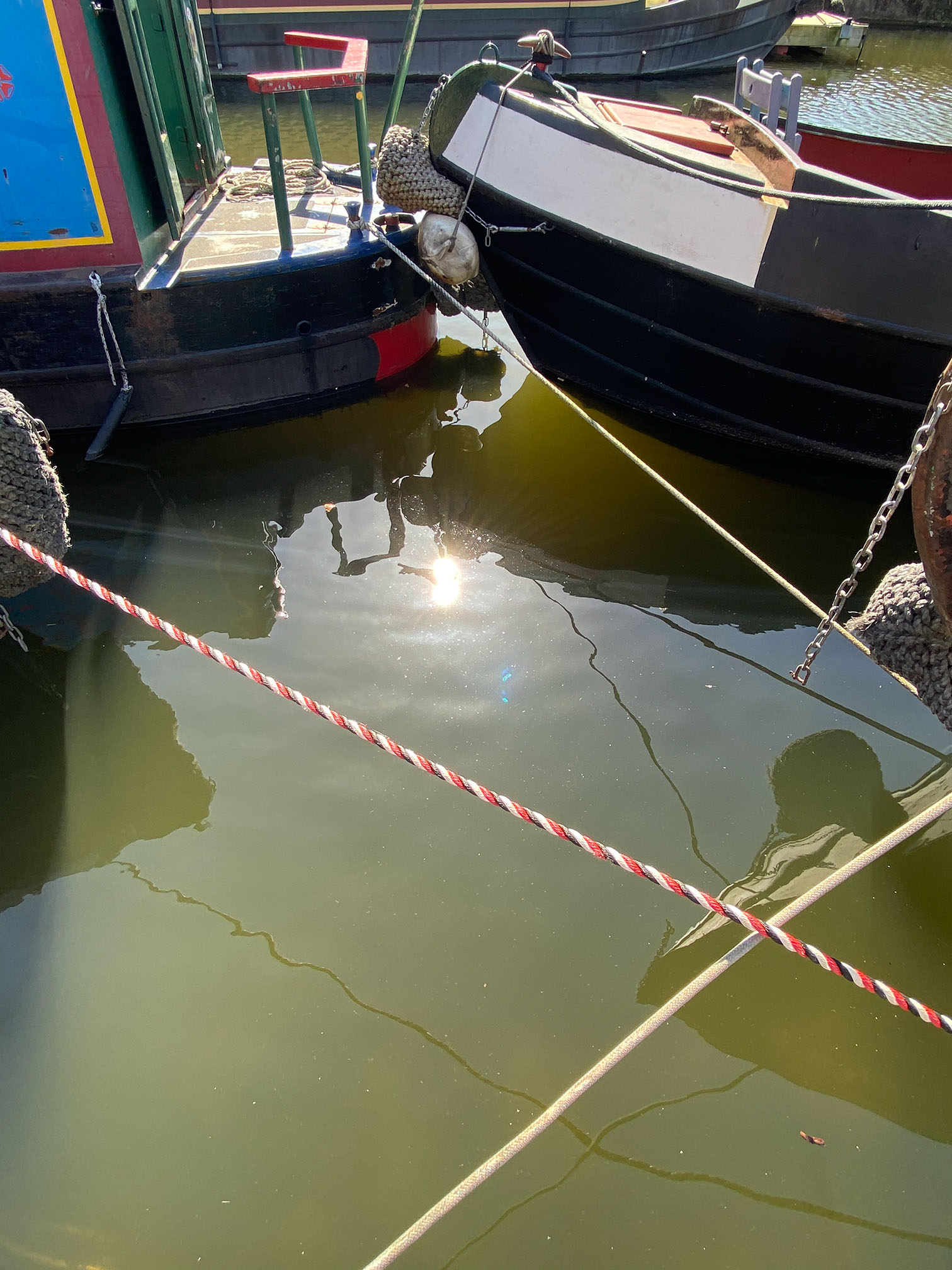
HOW
To make this research happen, the Urban Mind research team and the Canal & River Trust co-developed a new app. ‘Ambassadors’ were recruited as a vital conduit between the Trust’s research team and a large cohort of citizen scientists across England and Wales. The ambassadors received briefings direct from landscape architect Johanna Gibbons and artist Michael Smythe, members of the core research team, giving a context to why and how the research was intended to be conducted. Those happy to proceed were asked to recruit ten citizen scientists. These ten might be friends, colleagues, or members of their community who they knew, to make their work easy and enjoyable. The ambassadors were encouraged to sign up as diverse a group as possible, accepting all of the everyday difficulties in simply meeting up, in the context of the pandemic. By effectively becoming part of the research team, the ambassadors were asked not only to help disseminate media to support promotion of the research as well as recruitment, but also to ensure the process was stimulating. Above all the ambassador’s role was vital in generating high quality data for analysis.
The research team asked that each ambassador keep in contact with their cohort, to enable the Urban Mind research team to trouble shoot, ensure device compatibility, to relay any updates on progress. For this an honorarium of £120 was offered which was deemed a good investment for achieving the data required. The Urban Mind research team also invited all ambassadors to a feedback session once the study period was closed as an opportunity to collectively reflect and share thoughts.
As it was this was a challenging task as the nation oscillated in and out of lock-downs, where face to face contact was limited depending on the ever-changing Covid-19 rules and restrictions. None the less, with targeted promotion across the website and social media, a flyer and an explanatory video produced by the Urban Mind research team filmed on the canal to promote the study and to help recruitment of ambassadors to Trust volunteers, a total of 7,975 assessments were completed by 299 participants (age range of 16-75) including 87 with a diagnosis of mental illness. Of note was the enthusiastic participation of students from Manchester and Sheffield universities, as well as water borne and water sport communities. The inevitable fall off during the 2-week EMA period was unsurprising due the lack of face-to-face contact. This was illustrated by the fact that over 600 individuals downloaded the app and completed the baseline assessment, only half going on to complete sufficient assessments to constitute quality data and render ‘statistical power’- meaning adequate engagement to render meaningful analysis and results.
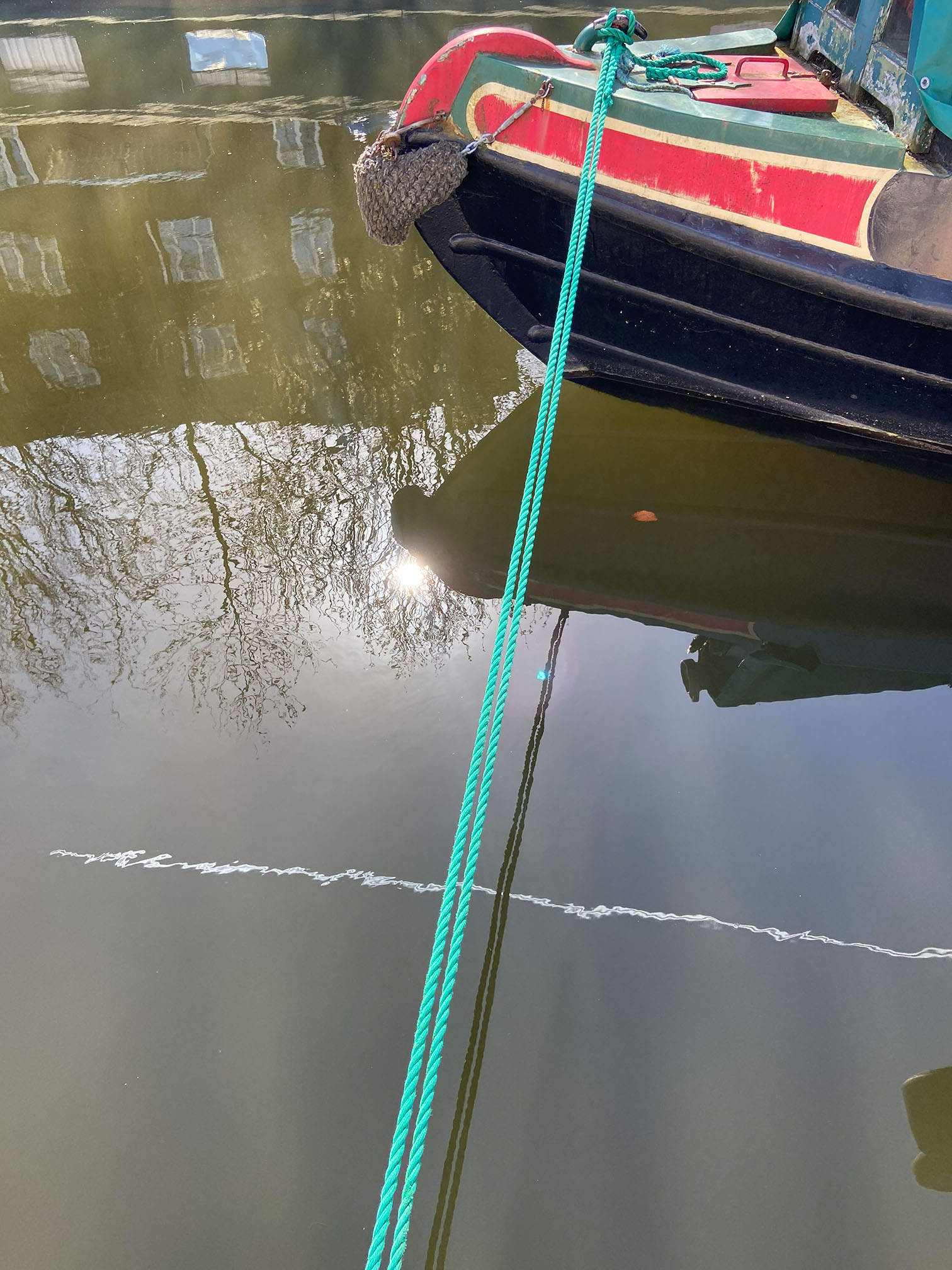
WHAT THE DATA YIELDED
This dynamic data collection process occurred over 9 months completing in July 2021. Critically, the research found positive associations between visits to canals and rivers and mental wellbeing. The experience of visiting canals and rivers were more likely to be described as beautiful, historic, peaceful and inspiring, and less likely to be described as ugly, uninspiring, dirty or dull, whether during the day or at night. The data evidenced that the canal and river experience to be positive in terms of social inclusion and safety relative to other types of environment.
In addition, the benefits of visiting waterways were higher than the benefits of greenspace alone. This finding could be explained by the importance placed on the biodiversity importance of the network, the combination of water and wildlife yielding aggregate benefits naturally associated with blue and green spaces. The beneficial impacts of visiting canals and rivers remained significant after adjustment for age, gender, ethnicity, and level of education, and was consistent in participants with or without a diagnosis of mental illness such as depression or anxiety.
While evident across ages and genders, the advantages of such contact were strongest in young males. This demographic group are at very high risk of developing mental health issues, with as many as one in seven males between the age of 16 and 24 experiencing depression or anxiety. Furthermore, young males are least likely to seek help for mental health conditions, resulting in the highest risk of suicide than any other demographic group. Our data suggest that prescribing nature-based activities, including visits to rivers and canals, might help address the unmet mental health needs of this underserved group.
We believe the Urban Mind-Canal & River Trust collaboration is the first of its kind using EMA methodology, generating data that takes the dynamics of place and mood into account simultaneously. Regardless of the pandemic and the limitations that it had on recruitment and diversity of the cohort the weight and status of the findings and possible implications are significant. From evidencing the value of social prescription schemes to mental health care and planning policy to secure, protect and enhance the waterways, the Urban Mind research indicates that access to the waterways is not only helping to prevent mental health vulnerabilities but also to provide critical contact with nature.
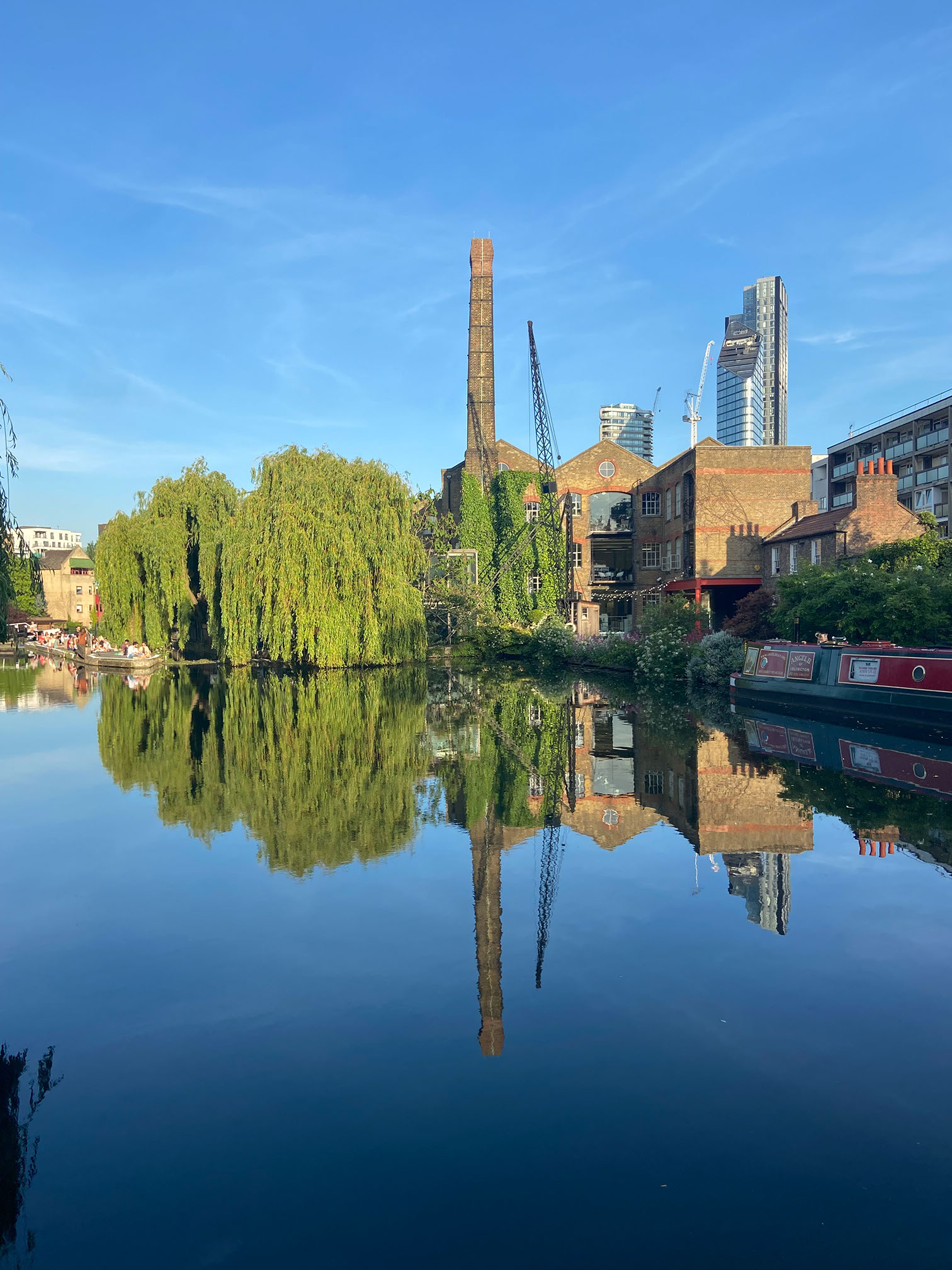
WHAT NEXT
Over and above the robust data collection, the rich multimedia content gathered over the last two years is extraordinary. The Urban Mind research team is therefore keen to curate and disseminate in an engaging and accessible format a sound and image installation or digital experience to inspire further research. There is also the potential to build the data bank with a more diverse cohort. This would help to further drive home the cumulative feel-good factor of our canals and rivers, not just as part of the strategic potential of addressing mental health awareness and benefits but also in changing priorities in shaping the urban landscape — the importance of safeguarding and securing greater accessibility to the waterways, enhancing their status as critical blue-green infrastructure — for biodiversity, community health and wellbeing.
—
Canalimal
How does one turn a gully into pleasure?
How does one turn water into good work?
What is the kind of work you’d put to water?
It is the sacred relationship between the dreamer’s body and the cathedral.
It is our partnership, never using anything but a boat.
A long boat. A long wood boat.
I walk the Grand Union Canal and ponder.
the path ends in Birmingham,
come see the fish murals, and the frogs,
and it's enough as it is.
Come be their bodies as they adapt to humans.
It’s a miracle, that’s the theme, every inch of it.
Every centimetre that is your fingers.
—
Steven J Fowler (stevenjfowler.com).
Poet in Residence, J & L Gibbons





